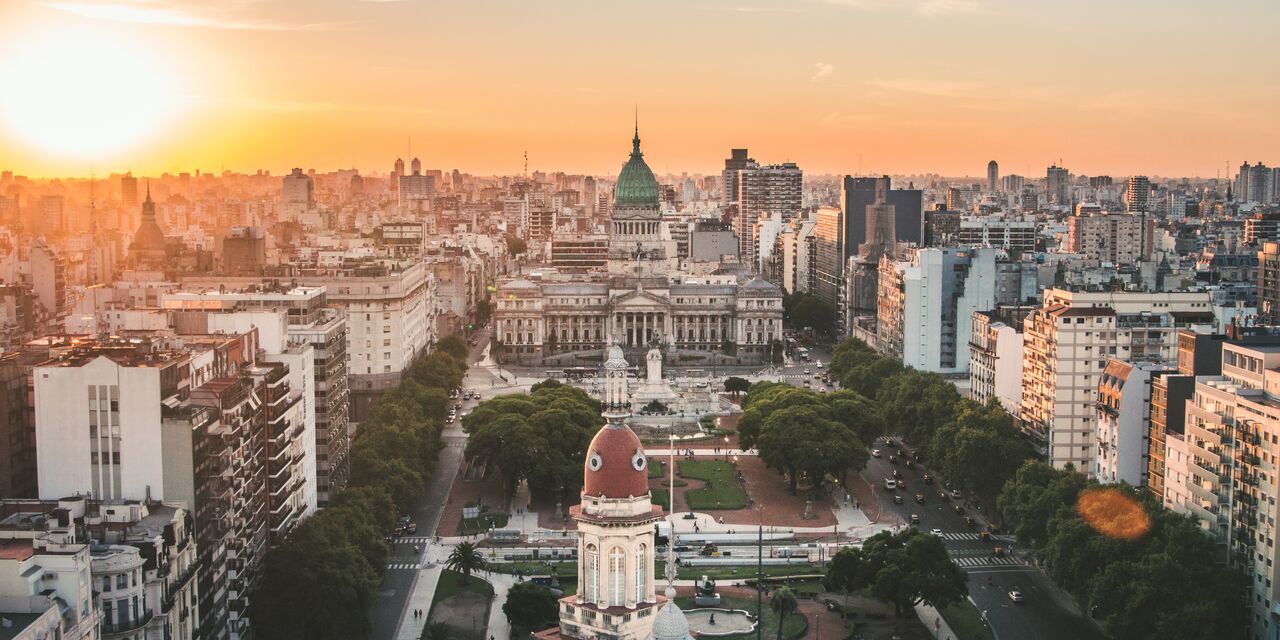The largest Carnival celebration in the world
Rio de Janeiro’s Carnival is world famous. Every year, this huge exuberant spectacle begins 40 days before Easter and represents 5 days of celebrations. Millions of Brazilians and visitors who travel here from around the world come to experience this extravaganza. During Carnival, the streets are filled with music, dance and colourful parades.

Music and dance
Music plays a central role during Carnival; dancers accompany the cheerful parades to the sounds of a lively samba beat. The origin of this music is found with the migrants who moved to Rio at the end of the 19th century. The boom of the coffee industry and the abolition of slavery created large migration flows in Brazil. Many former slaves from the state of Bahia settled in Rio de Janeiro and brought their local dances, music and traditions with them. Other colourful elements, such as the parade floats and exotic clothing, were later added to the Carnival.

Rio’s street bands
Each neighbourhood in Rio has its own favourite street band(s) or blocos. The city boasts more than 300 bands and the numbers keep growing every year. Each music group features samba musicians and dancers, their own songs and choreography. During Carnival, they always parade and perform at a fixed location in the city. Rio’s best known (and largest) bands are Cordão do Bola Preta, a traditional group that performs in the city centre, and the Banda de Ipanema that parades through the neighbourhood of Ipanema.

The parade in the Sambódromo
The highlight of Carnival in Rio de Janeiro is the parade in the Sambódromo, a stadium that was built specifically for this purpose. For months, the samba schools in Rio de Janeiro prepare their spectacular show, involving 2500 to 5000 participants. Each school has its own theme that is represented in every detail, including the exotic handmade costumes. A jury awards points to the parades that begin in the evening and continue until the early morning. Each year the jury awards the best school, the most beautiful floats and the top samba queen. Tickets for this sought-after event sell out fast so plan ahead if you wish to watch the parade.
Discover other destinations in South America
*The displayed prices are for one adult. All amounts are in USD. Taxes and surcharges are included. No booking fee is applicable. Prices shown may vary depending on fare availability.
The weather forecast information is provided by World Weather Online. Air France-KLM is not responsible for the reliability of this data.



















